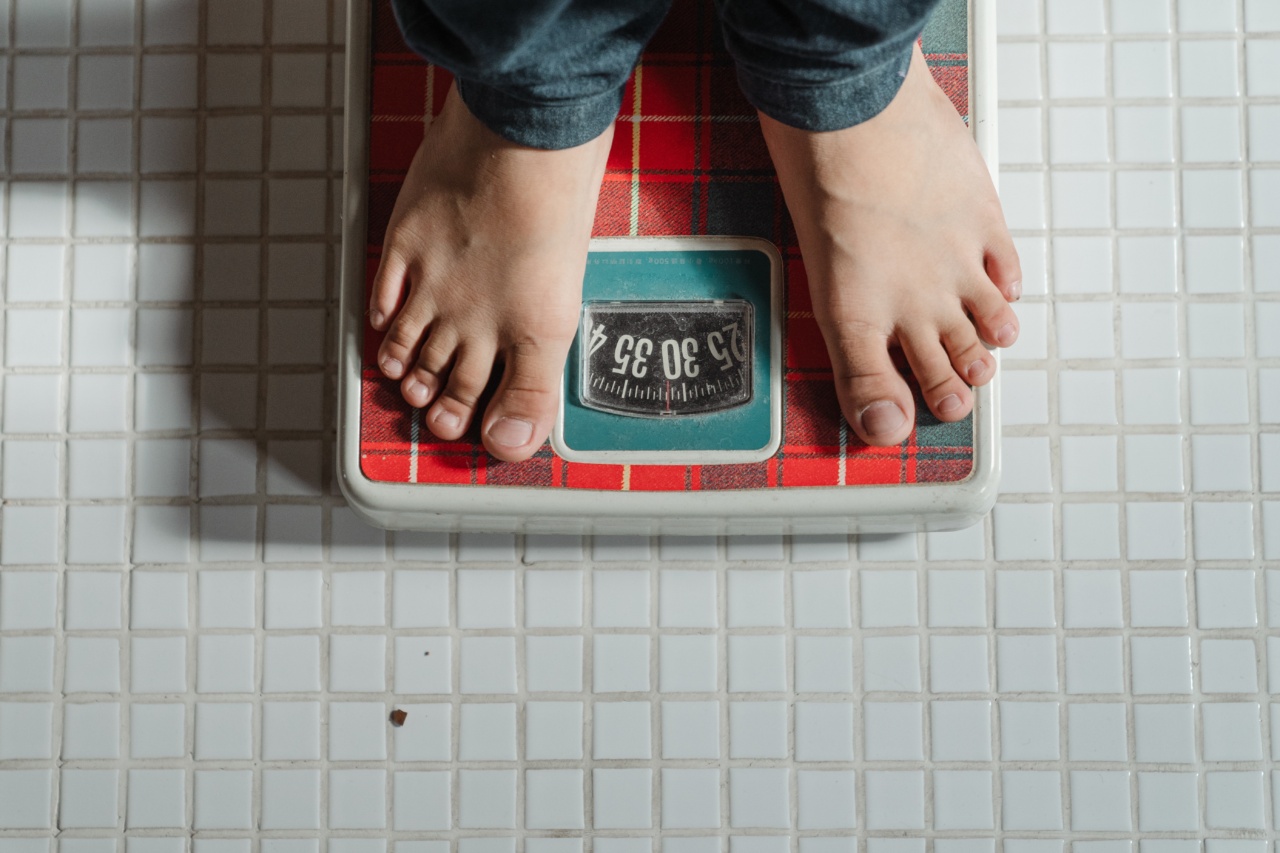Asthma is a chronic respiratory condition that affects millions of children in the United States. It causes inflammation and narrowing of the airways, making it difficult to breathe.
For parents with children who suffer from asthma, it can be challenging to manage their condition on a daily basis. However, with careful planning, good communication with your doctor, and a few simple adjustments to your child’s lifestyle, you can help keep your child’s asthma under control.
Understand Your Child’s Symptoms
Asthma symptoms can vary depending on the child, but some of the most common symptoms include wheezing, coughing, shortness of breath, and chest tightness. It’s important to understand your child’s unique set of symptoms and how they typically present.
This way, you’ll know when your child is experiencing an asthma attack and can take appropriate action.
Work with Your Child’s Doctor
Working with a pediatrician or allergist is crucial for managing asthma effectively. Your child’s doctor will help you develop a treatment plan and prescribe the necessary medications, such as inhalers or nebulizers.
These medications help to open up the airways and reduce inflammation, preventing asthma symptoms from flaring up. Your child’s doctor will also help you determine your child’s triggers, such as pets, pollen, or exercise, and come up with a plan for avoiding or minimizing exposure to these triggers.
Make sure to keep all of your child’s appointments with their asthma doctor, and communicate frequently with them about any changes in your child’s symptoms.
Keep Medications Handy
It’s important to always have your child’s asthma medications on hand, whether you’re at home or on the go. This includes any inhalers, nebulizers, or other medications prescribed by your child’s doctor.
Keep a spare set of medication in your purse or diaper bag, and consider keeping an extra at school or with any caregivers who regularly care for your child. Make sure your child knows how to use their medication properly, and supervise them when necessary.
Avoid Triggers
Avoiding triggers is an essential part of keeping your child’s asthma under control. Common triggers include pet dander, pollen, mold, and strong odors.
You can help reduce your child’s exposure to these triggers by keeping your home as clean and dust-free as possible. Use air filters or purifiers, and wash bedding and stuffed animals often. You may also want to invest in allergy-proof pillowcases or mattress covers.
If your child is allergic to a specific trigger, such as pollen or dust mites, you may need to limit their time outside during peak allergy season or take other precautions. Keep windows closed during high pollen counts, and avoid outdoor activities on windy days.
Encourage Exercise
Regular exercise is important for overall health, but it can also help to keep your child’s asthma under control. Exercise strengthens the lungs and airways, which can help to reduce asthma symptoms.
However, it’s important to make sure your child is properly warmed up before exercising, and that exercise is done in a controlled environment. If your child experiences asthma symptoms during exercise, speak with their doctor about adjusting their medication or exercise regimen.
Monitor Your Child’s Symptoms
Monitoring your child’s symptoms is an integral part of keeping their asthma under control. Keep a diary of your child’s symptoms and medication use, and write down any potential triggers or changes in your child’s environment.
This will help you pinpoint specific triggers and identify patterns in your child’s asthma symptoms. Try to involve your child in monitoring their symptoms, too, so that they can learn to recognize when they need to use their medication and take action to prevent an asthma attack.
Stay Calm During an Attack
Asthma attacks can be frightening for both parents and children. It’s important to stay calm during an attack, as anxiety can make symptoms worse. Encourage your child to sit upright and take slow, deep breaths.
Help your child use their inhaler or nebulizer as prescribed by their doctor. If symptoms do not improve after a few minutes, seek medical attention immediately.
Educate Others
It’s important to educate others about your child’s asthma so that they can take appropriate steps to keep your child safe. This includes teachers, caregivers, relatives, and anyone else who may be involved in your child’s care.
Make sure they understand your child’s symptoms and triggers, and know how to use your child’s medication correctly. You may also want to provide them with an asthma action plan, which lays out specific steps to take in the event of an asthma attack.
Conclusion
Managing your child’s asthma can be a challenge, but with the right tools and support, it’s possible to keep their condition under control.
Remember to work closely with your child’s doctor, monitor their symptoms, and educate others about their condition. By taking these steps, you can help your child lead a healthy, active, and happy life, free from the limitations of asthma.






























